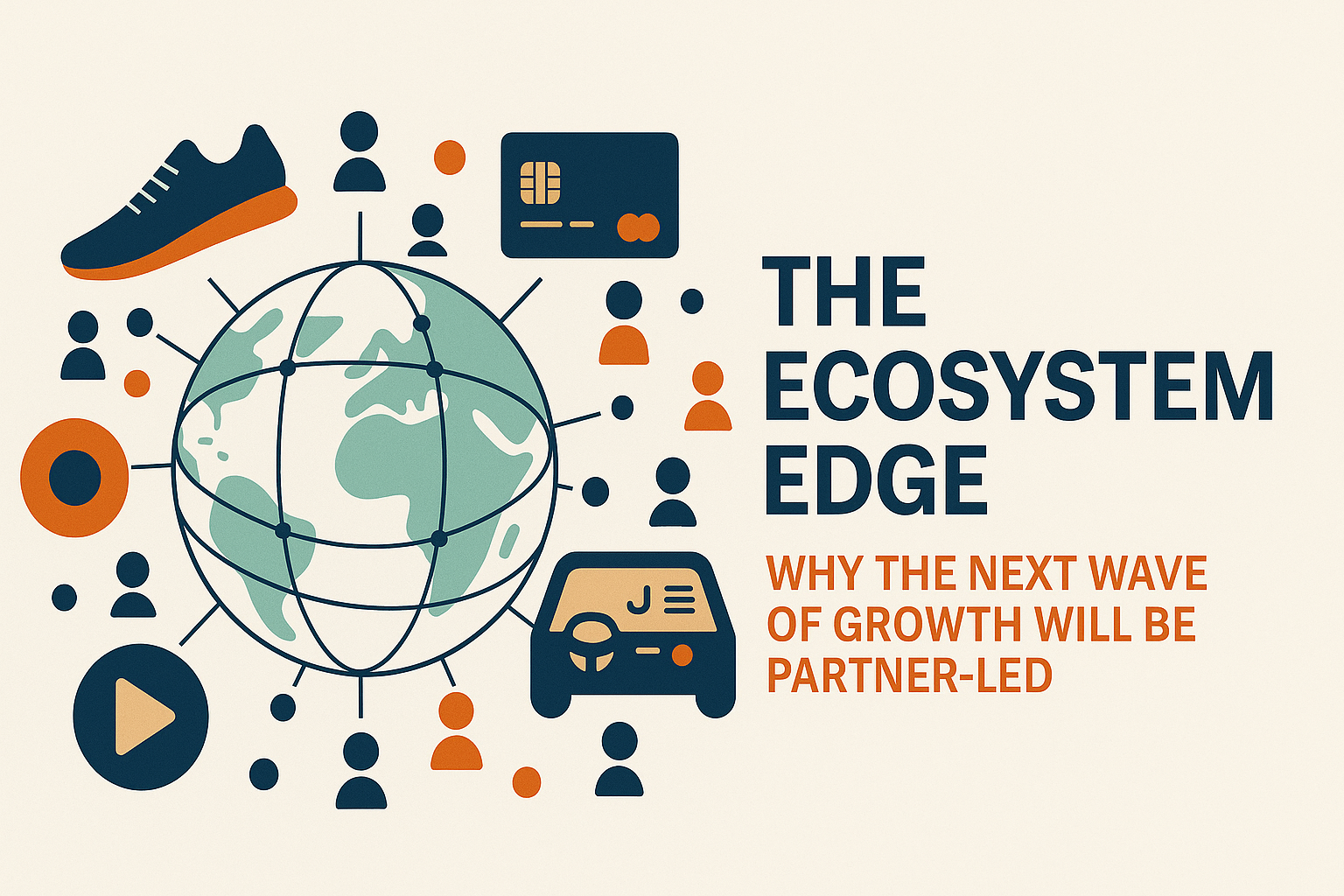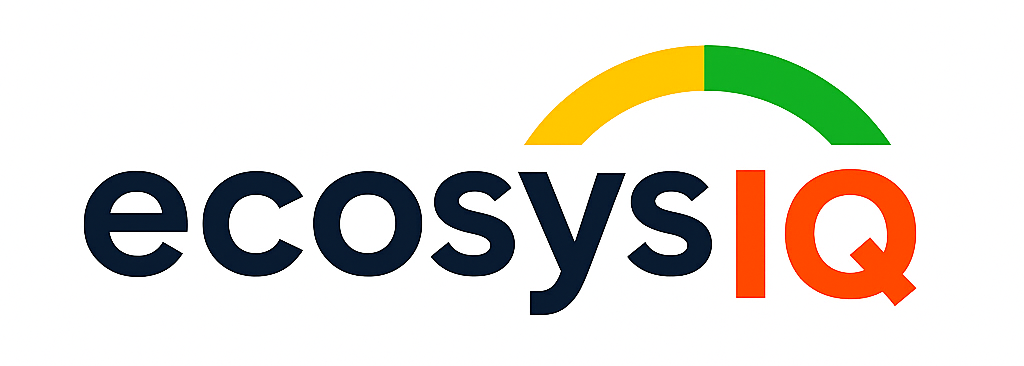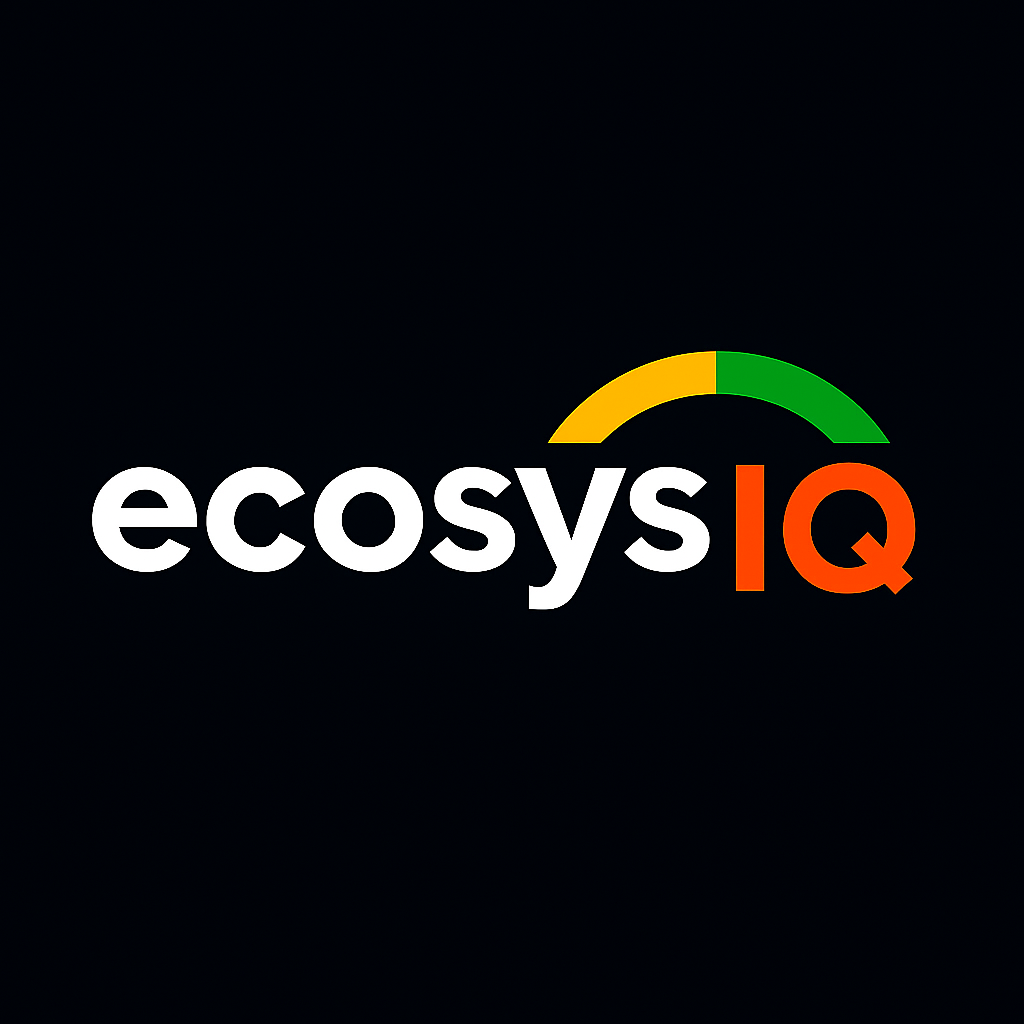The Ecosystem Edge
New Title

After many years working across cloud, telecom, AI, entertainment/media/gaming, and startups, one truth has stuck with me:
The biggest breakthroughs don’t happen in isolation—they happen when others succeed with you.
That’s what I call the ecosystem edge—the compounding advantage that comes when developers, partners, platforms, or creators amplify what you’ve built.
I saw it play out again and again during my years at Intel. Sometimes it was a developer ecosystem forming around a new usage model, processor, chipset or API. Other times, it was a telecom partner transforming to industry shifts like network function virtualization, or rethinking how they go to market with edge computing and AI use cases.
In each case, the real shift came not from what we launched—but the speed at which others could build on top of it, and how we went to market together with joint plans targeting industry customers or consumers.
🔦 The Real Value Emerges After the Launch
Over the years, I’ve seen this ecosystem edge unfold across very different contexts.
In Southeast Asia, we worked with a telecom partner to deploy edge infrastructure—only to see real transformation when their industry customers started building AI use cases on top of it.
In gaming, we launched dev tools that only took off once indie studios created breakout hits that redefined our platform’s reach.
We saw a similar shift in entertainment and media. Back in 2006, we partnered with studios and technology providers who were exploring the idea of launching movies online—on the same day as their theatrical release. To make that happen, we had to co-develop everything from digital rights management to content delivery frameworks to new monetization models. It wasn’t just about enabling the tech—it was about building the go-to-market approach together.
The common thread? The biggest impact didn’t come from what we launched—but the speed at which others could build, scale, and shape it in return.
🧠 What Is Ecosystem Development, Really?
It’s not a partner portal. It’s not a logo slide.
Ecosystem development is the intentional process of enabling external contributors to plug into your platform—technically, commercially, and collaboratively.
It means:
- Reducing friction for others to integrate, innovate, and monetize
- Creating the structures and incentives for mutual value
- Nurturing engagement beyond onboarding—toward outcomes
It’s not about managing partners. It’s about activating builders.
🌍 Why It Matters Now
The go-to-market playbook is shifting:
Then → Now
Direct sales → Network-driven growth
One-to-one partnerships → Many-to-many participation
Feature differentiation → Integrated, ecosystem experiences
Siloed GTM efforts → Co-created, co-sold value
Companies like Nvidia, OpenAI, Shopify, and even Microsoft aren’t just growing because of what they build—they’re scaling because of what they enable.
The next competitive edge isn’t just product. It’s participation.
🏁 Ecosystem Strategy Is No Longer Just a Tech Play
What was once the domain of hyperscalers and developer platforms is now being embraced across consumer, lifestyle, and financial brands as a mainstream growth lever.
Why? Because the market pressure is universal: • Customers expect connected experiences • Innovation needs to happen faster • Teams need to scale without growing headcount • Partnerships need to be more than connections—they require ongoing effort to track each other's value, share innovation plans, and align GTM strategies
Today, companies across every industry are becoming ecosystem orchestrators:
- Nike has built a fitness and performance ecosystem—combining wearables, app developers, creators, and API-based services.
- Red Bull Group enables a global creator ecosystem through athletes, influencers, and filmmakers.
- Coca-Cola turns logistics and delivery into a plug-in platform for partners.
- Mastercard drives value through open APIs and fintech/startup collaborations.
- Mercedes-Benz is building ecosystems for in-car digital services and app partnerships.
These companies aren’t shifting to tech—they’re shifting to ecosystems.
💡 10 Ecosystem Insights That Stick With Me
1. Ecosystem strategy is a business model—not a BD initiative. This isn't a “partner team’s job”—it's a lens for how your company creates, delivers, and captures value through others.
2. You can’t scale value externally without clarity internally. If your own teams aren’t aligned on who your ecosystem serves and what success looks like, partners will be confused—or worse, disengaged.
3. Incentives break ecosystems more often than tech does. Tech usually works. Misaligned incentives don’t. Money, visibility, and control must all be right.
4. Orchestrators reduce friction—for trust, tools, and GTM. Success happens when it’s easy to join, build, and win together.
5. Measuring success by partner logos is a false signal. Volume ≠ value. Activation and outcomes matter more than appearance.
6. Developer experience is your platform’s reputation. Docs, SDKs, onboarding, support—these are your brand in builder ecosystems.
7. You don’t manage ecosystems—you enable loops. Ecosystems grow through co-creation cycles, not command-and-control models.
8. Partner segmentation is critical—not everyone plays the same role. Tailored engagement beats generic onboarding every time. Knowing your partner’s journey—and where they create value—shapes how you engage.
9. Ecosystem health requires outcome-based metrics. Track what’s being built, adopted, integrated, and monetized—not just who signed up.
10. If you're not co-creating value, you're just another vendor. If they can’t build with you, they’ll build without you.

